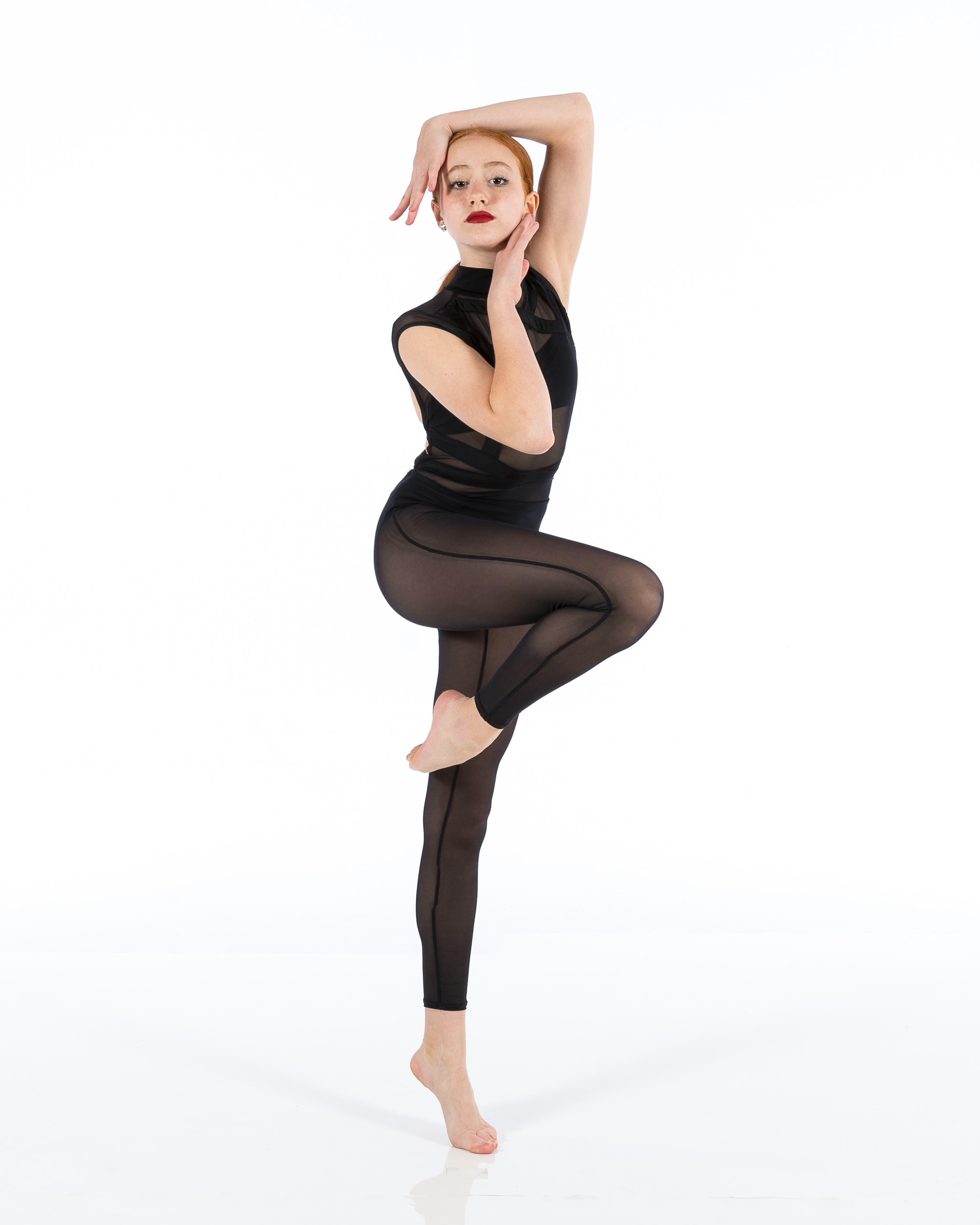Introduction: The Art of Dance and Space Adaptation
Dance is a universal language, transcending borders, cultures, and generations. From the fiery rhythms of salsa to the elegant fluidity of ballet, each dance style has its unique essence that demands specific environments. The intersection between dance and space is crucial; it can make or break a dancer's experience. Therefore, adapting spaces for different styles of dancing becomes not just a practical consideration but an art form in itself.
In this article, we will explore how various dance styles require tailored environments, focusing on aspects like flooring, acoustics, lighting, and aesthetics. Whether you're setting up a new dance studio or looking to improve your existing space, understanding these nuances can elevate both teaching and performance experiences.
The Essential Elements of Dance Spaces
Understanding Dance Studio Requirements
A well-designed dance studio is more than just a room with mirrors and a barre. It must cater to the specific needs of various dance forms. Here’s what you need to consider:
- Flooring: The right floor can prevent injuries and enhance performance. Acoustics: Sound quality impacts how dancers hear music. Lighting: Proper lighting sets the mood and helps highlight movements. Mirrors: Essential for self-correction and performance evaluation.
Choosing the Right Flooring for Different Dance Styles
Wooden Floors for Ballet
Ballet demands grace and precision. Wooden floors provide the necessary support while allowing slight give, which is essential for jumps and turns.
Vinyl vs. Marley Floors for Contemporary Dance
Contemporary dancers often prefer vinyl or marley flooring as they offer excellent slip resistance while providing enough cushioning. This flexibility supports various movement dynamics inherent in contemporary styles.
Carpeted Floors for Hip-Hop
Hip-hop often involves ground work; thus, carpeted floors can serve as a softer landing surface while also aiding in sound absorption during high-energy performances.
Adapting Spaces For Different Styles Of Dancing: Acoustics Matter
Why Acoustics Are Important in Dance Studios
Imagine practicing your favorite routine only to struggle against poor sound quality. The right acoustics are vital; good sound allows dancers to sync their movements accurately with the music.
What Makes Up Good Acoustics?
- Materials: Soft materials absorb sound better than hard surfaces. Shape of the Room: A rectangular shape may help distribute sound evenly. Soundproofing: Minimizing outside noise distractions is crucial for focused practice.
Lighting: Setting the Mood for Different Dance Forms
Natural Light vs. Artificial Light in Dance Studios
Natural light creates an uplifting atmosphere; however, it can be inconsistent. Artificial lights allow for controlled environments across various times of day.
Color Temperature Matters
Different colors evoke different Dance Studio Tigard emotions—warm tones can energize while cooler tones create calmness. Understanding this can help you design adaptable spaces based on the type of classes being held.
Mirrors: A Dancer's Best Friend
Why Mirrors Are Crucial in Dance Studios?
Mirrors enable dancers to self-correct their posture and movements while also enhancing spatial awareness.
Placement Matters!
Strategic placement ensures that every dancer sees their reflection clearly without obstructions from barre setups or furniture.
Creating an Inspiring Atmosphere: Aesthetic Considerations
The Role of Decor in Dance Studios
Artistic decor complements the energy within a dance studio. Wall murals reflecting movement or history can motivate students before they even step onto the floor!
Color Psychology in Studio Design
Colors significantly dance classes available near me impact mood—soft blues might calm nervous beginners while vibrant reds could energize experienced dancers ready to tackle challenging routines.
FAQ Section
li8/ol1/li9li9/ol2li10# How do I choose lighting for my dance studio?- Consider using adjustable artificial lights along with natural light features wherever possible to create versatile environments.
- Yes! However, you'll need adaptable elements like removable barres and adjustable flooring options based on class requirements.
- Think about wall art that reflects movement or inspires creativity among students; plants can also add life!
Conclusion: Crafting Versatile Dance Environments
Adapting spaces for different styles of dancing isn't merely about aesthetics; it's an intricate process that combines functionality with artistry. As we’ve explored throughout this article, each element—from flooring choices to lighting designs—plays a pivotal role in shaping experiences within a dance studio.
Whether you're an instructor setting up your first space or an experienced professional looking to revamp your environment, understanding these foundational concepts will elevate both teaching efficacy and student engagement.

In the world of dance, where every movement tells a story, ensuring that your space speaks volumes through thoughtful adaptation becomes paramount!
This article serves as an exhaustive guide on how adapting spaces enhances not only individual practices but also collective performances within diverse dancing communities globally!